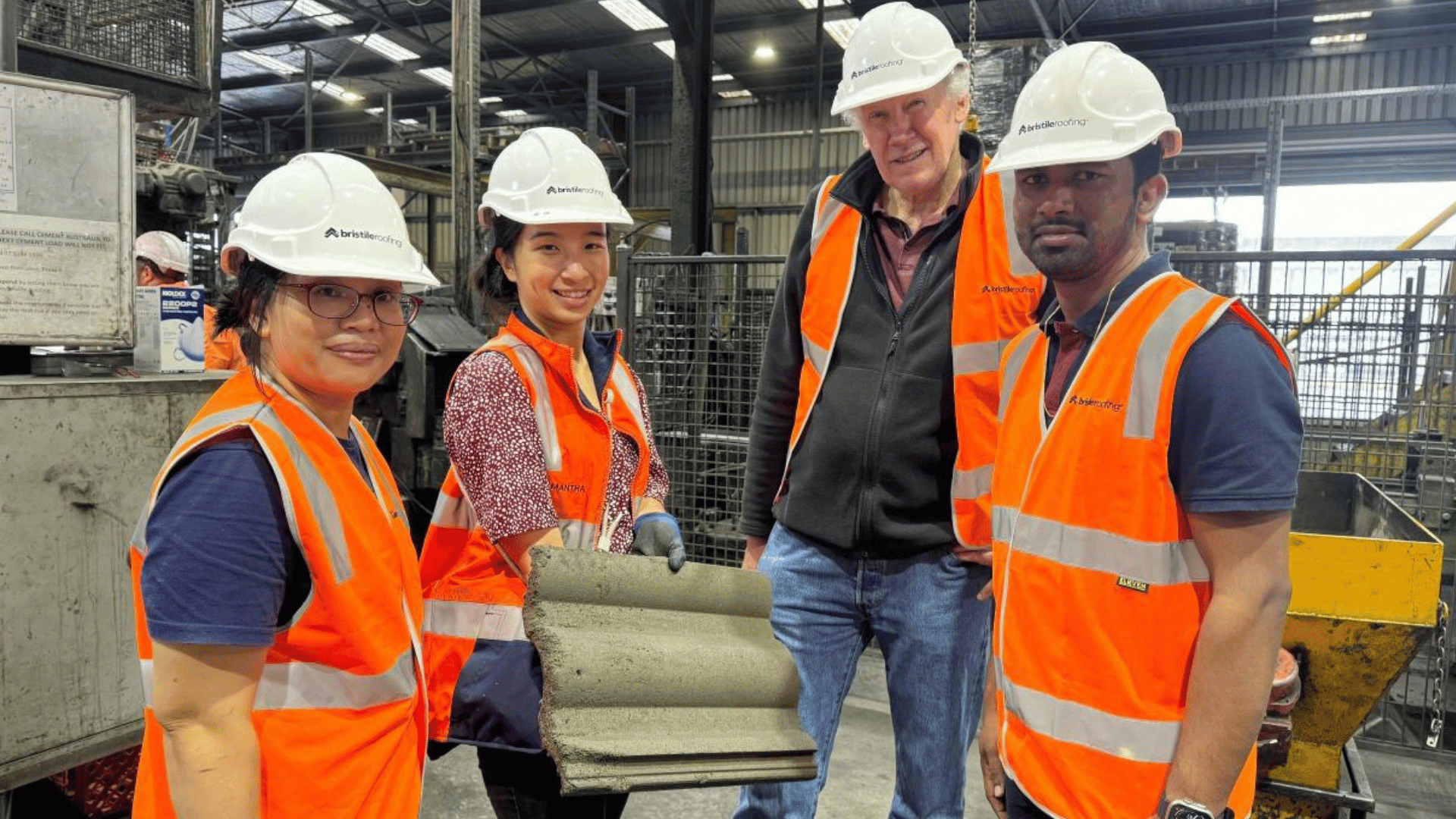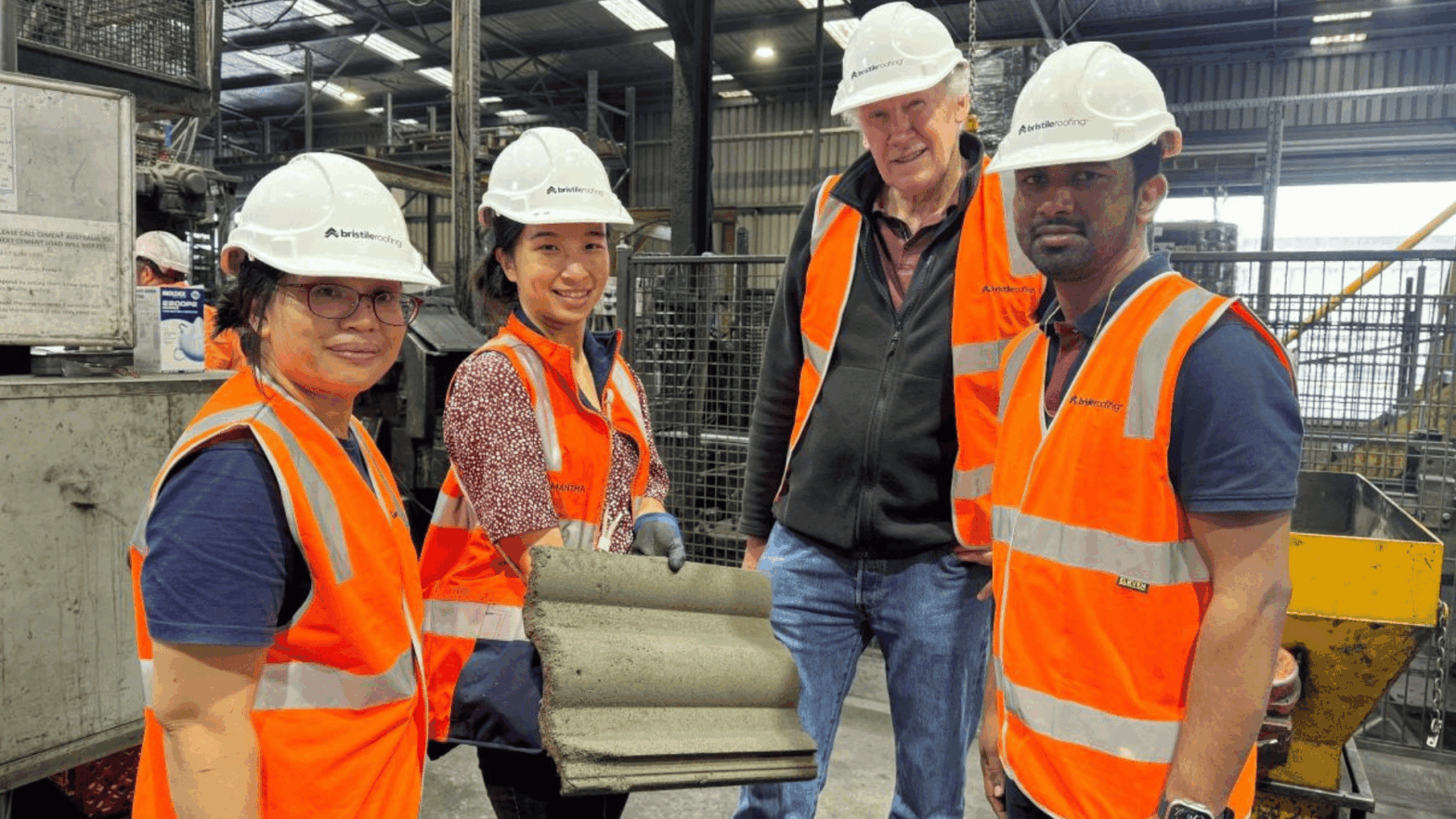Researchers at RMIT University have successfully tested the large-scale production of concrete roof tiles and bricks incorporating coal ash and glass. The researchers conducted experiments at Bristile Roofing's Melbourne facility. They demonstrated a viable path to convert millions of tonnes of industrial by-products from Australian landfills into high-performance building materials.
Initial success focused on concrete roof tiles that met all Australian standards for strength and durability. Additionally, the tiles offered improved fire resistance and a lighter profile. These new tiles replace 20% of virgin materials with waste. Specifically, 10% of the cement is replaced with harvested pond ash and 10% of the river sand is replaced with unwashed recycled glass sand.
A comprehensive life cycle assessment of the new product has been published The International Journal of Life Cycle Assessment. According to researchers, a 13% reduction in CO₂ emissions was demonstrated compared to traditional concrete tiles.
A more environmentally friendly building material


This significant environmental and technological advantage is a win for a country that produces approximately 12 million tons of coal ash and over 1.3 million tons of glass waste annually.
Dr. Chamila Gunasekara, RMIT project manager, said: “By replacing 10% of cement with harvested pond ash and 10% of river sand with unwashed glass waste, for a total of 20% virgin material, we are not only reducing waste going to landfill, but are also producing an improved concrete product with increased fire resistance, a valuable feature for roofs in Australia Climate.”
According to the researchers, harvested pond ash contributes to long-term performance by improving concrete properties such as dimensional stability and reducing shrinkage cracking. This makes the material ideal for permanent, non-structural applications.
In addition, the team successfully applied the technology to concrete blocks. They created prototypes with an even higher volume of waste, 35% in total. This complied with Australian Standards for Structural Structural Concrete.
The brick product reportedly reduces CO₂ emissions by 18% and improves insulation. According to the research team, heat loss was reduced by 30% compared to traditional cement bricks.
The focus now is on scaling to a commercial level. Dr. Gunasekara said: “We are ready to scale this for the industry.” This research marks a pivotal moment in transforming Australia's waste challenges into high-quality, sustainable building solutions.
